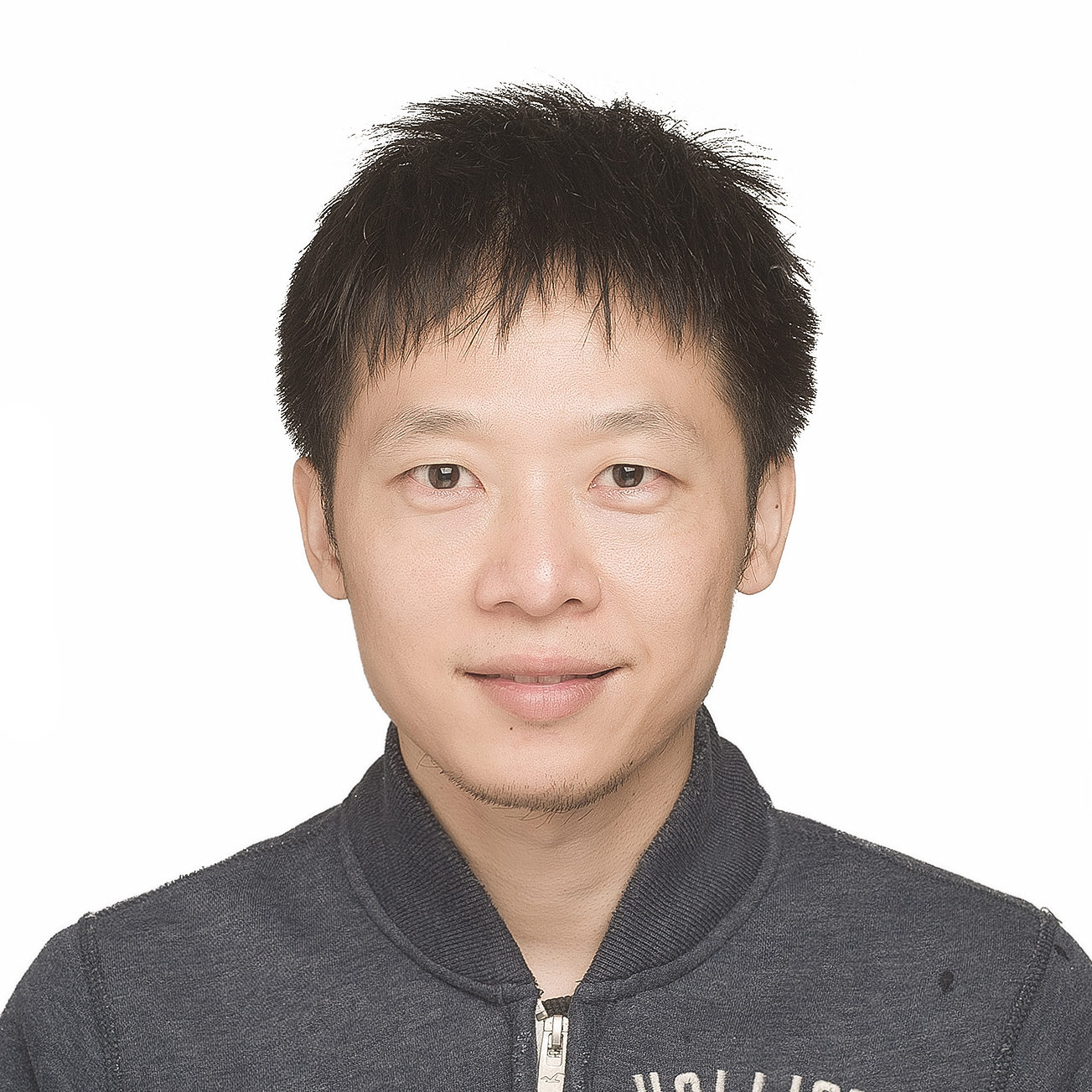



姓名:王真 职称:教授
研究方向:生态经济学,产业生态学
微信公众号:可持续性研究
王真,博士,教授,注册国际投资分析师,2003与2009年分别获北京大学学士与博士学位。2007与2013年分别赴加拿大Dalhousie大学和美国加州大学圣塔芭芭芭拉分校访问。2010.4-2019.7于武汉大学资源与环境科学学院担任讲师、副教授,2019.8月起于华中农业大学资源与环境学院担任教授,主要研究方向产业生态学和生态经济学,主持了自然科学基金,武汉晨光科技计划、中央高校专项研究基金,参与国家973、国家重大水专项、自然科学基金、工程院、环保部及JICA国际合作项目等。在国内外核心刊物上发表研究论文70余篇,包括Nature Sustainability,Science Advances,Applied Energy,Journal of Cleaner Production,Resources Conservation & Recycling等重要国际学术期刊。
1999.9-2003.7 北京大学地球与空间科学学院地球化学专业学士
2004.9-2009.12 北京大学环境科学与工程学院环境科学专业博士
2007.9-2008.3 Dalhousie大学市政与环境工程系,访问学者
2013.9-2014.9 加州大学圣芭芭拉分校地理系,访问学者
2010.4-2012.11 武汉大学资源与环境科学学院,讲师
2012.12-2019.7 武汉大学资源与环境科学学院,副教授
2013.9-2014.9 加州大学圣芭芭拉分校地理系,访问学者
2019.8-今 华中农业大学资源与环境学院,教授
1. 环境规划学(本科生专业选修课)
2. 高级生态学(博士生必修课,合上)
3. 生态学专题(博士生必修课,合上)
1. 2019.8-2014.8 华中农业大学新进高层次人才科研启动费, 主持.
2. 2016.3-2016.6 荆门市再生资源利用与环保产业招商地图与行动计划. 荆门市科技项目, 主持.
3. 2014.2-2015.12 武汉湖泊生态安全快速评估方法与软件开发. 武汉市青年科技晨光计划(2014070404010199), 主持.
4. 2012.8-2012.12 武汉市“两型社会”体制创新研究—以后官湖区域联防联治为例. 武汉市科技局项目, 主持.
5. 2012.8-2012.10 制定武汉市主要湖泊污染物排放标准的研究—以后官湖水系为例. 武汉市科技局项目, 主持.
6. 2012.1-2014.12 基于粗糙集与Vague集的流域水环境承载力定量研究. 自然科学基金(41101567), 主持.
7. 2012.1-2013.12 武汉市环境可持续交通优化管理研究. 中央高校基本科研业务费专项资金青年教师资助项目, 主持.
8. 2010.6-2010.12 流域社会经济结构调整及水污染综合防治中长期规划研究-流域环境承载力量化研究.国家水体污染控制与治理重大专项(2008ZX07102-001)任务, 主持.
王真, 肖成明, 周菁清. 基于指标筛选的流域生态安全评价方法. 发明专利, 专利号: ZL201510704920.6
2017年至今主要论文(#指导研究生,*通讯作者)
1. Wei L#, Li C#, Wang J#, Wang X#, Wang Z*, Cui C#, Peng S, Yu S*, Wang L, Shi Z. Rising middle and rich classes drove carbon emissions in China. Resources Conservation & Recycling, 2020, 159: 104839.
2. Wang Z, Dou X, Wu P, Liang S, Cai B*, Cao L, Pang L, Bo X*, Wei L#. Who is the good neighbor? An analysis on the frontrunner cities with comparative advantages in low-carbon development. Journal of Environmental Management, 2020, accepted
3. Weng W, Jiang B, Wang Z, Xiao W*. In-situ Electrochemical Conversion of CO2 in Molten Salts to Advanced Energy Materials with Reduced Carbon Emissions. Science Advances, 2020, 6(9): eaay9278.
4. Wang X#, Wang Z*, Cui C#, Wei L#*. Forward and backward critical sectors for CO2 emissions in China based on eigenvector approaches. Environmental Science and Pollution Research, 2020, doi: 10.1007/s11356-020-08154-z.
5. Ruan S, Zhuang Y*, Hong S, Zhang L, Wang Z, Tang X, Wen W, Du Y. Cooperative identification for critical periods and critical source areas of non-point source pollution in a typical watershed of China. Environmental Science and Pollution Research, 2020, 27: 10472-10483
6. 李才#, 梁芷菁#, 王真*. “十二五”期间中国工业水污染排放的达标路径. 环境科学与技术. 2019, 42(12): 188-195.
7. Niu B, Zhang Z, Yu X, Li X*, Wang Z, Loáiciga H A, Peng S. Regime shift of the hydroclimate-vegetation system in the Yellow River Delta of China: analysis based on time series decomposition and structural change. Environmental Research Letter, 2020, 15: 024017.
8. Cui C#, Wang Z*, He P*, Yuan S, Niu B, Kang P, Kang C*. Escaping from pollution: the effect of air quality on inter-city population mobility in China. Environmental Research Letters, 2019, 14: 124025
9. Wang Z, Li C#*, Cui C#, Liu H#, Cai B*. Cleaner heating choice in northern rural China: Household factors and dual substitution policy. Journal of Environmental Management, 2019, 249: 109433.
10. Liu Q*, Long Y, Wang C, Wang Z, Wang Q, Guan D. Drivers of provincial SO2 emissions in China-based on multi-regional input-output analysis. Journal of Cleaner Production, 2019, 117893.
11. Yin C, Kong X*, Liu Y, Wang J, Wang Z. Spatiotemporal change of ecologically functional land in China: A quantity-quality coupling perspective. Journal of Cleaner Production, 2019, 117917.
12. Wang Y, Li H, Zuo J*, Wang Z. Evolution of Online Public Opinions on Social Impact Induced by NIMBY Facility. Environmental Impact Assessment Review, 2019, 78: 106290
13. Cui C#, Shan Y*, Liu J, Yu X, Wang H, Wang Z*. CO2 emissions and their spatial patterns of Xinjiang cities in China. Applied Energy, 2019, 252: 113473.
14. Wang Z, Wang Y, Niu B, Peng S*, Bin G, Cui C#, et al., Mapping the research of energy subsidies: A bibliometric analysis. Environmental Science and Pollution Research, 2019, 26: 28817-28828.
15. Wang Z, Li C#, Liu Q, Niu B*, Peng S, Deng L, Kang P, Zhang X. Pollution Haven Hypothesis of Domestic Trade in China: A Perspective of SO2 Emissions. Science of the Total Environment, 2019, 663: 198-205.
16. Wei L#, Wang Z*, Zhang X*. Backward and forward multilevel indicators for identifying key sectors of China’s intersectoral CO2 transfer network. Environmental Science and Pollution Research, 2019, 26: 9661-9671.
17. Wang Z*, Cui C#, Peng S*. How do urbanization and consumption patterns affect carbon emissions in China? A decomposition analysis. Journal of Cleaner Production, 2019, 211: 1201-1208.
18. Wang Z*, Chen S#, Cui C#, Liu Q*, Deng L. Industry relocation or emission relocation? Visualizing and decomposing the dislocation between China’s economy and carbon emissions. Journal of Cleaner Production, 2019, 208:1109-1119.
19. Cui C#, Wang Z*, Bin G*. Life-cycle CO2 Emissions and Their Driving Factors in Construction Sector in China. Chinese Geographical Science, 2019, 29: 293-305.
20. Wang Z*, Cui C#, Peng S*. Critical sectors and paths for climate change mitigation within supply chain networks. Journal of Environmental Management. 2018, 226: 30-36.
21. Wang Z*, Wei L#, Peng S, Deng L, Niu B. Child trafficking networks of illegal adoption in China. Nature Sustainability, 2018, 1: 254-260.
22. Xiao C#, Wang Z*, Shi W, Deng L, Wei L#, Wang Y, Peng S. Sectoral energy-environmental efficiency and its influencing factors in China: Based on S-U-SBM model and panel regression model. Journal of Cleaner Production, 2018, 182: 545-552.
23. Liang Q, Peng S, Niu B, Zhou C*, Wang Z, Mapping glacier-related research in polar regions: A bibliometric analysis of research output from 1987-2016. Polar Research, 2018, 37: 1468196.
24. Wang Z*, Wei L#, Niu B, Liu Y, Bin G. Controlling embedded carbon emissions of sectors along the supply chains: A perspective of the power-of-pull approach. Applied Energy, 2017, 206: 1544-1551.
25. 黄小娅#, 王真*, 文丁丹, 肖成明#, 邓梁春. 中欧贸易碳排放转移研究. 环境科学与技术, 2017, 40(8): 202-209.
26. Wang Z*, Xiao C#, Niu B, Deng L, Liu Y. Identify sectors' role on the embedded CO2 transfer networks through China's regional trade. Ecological Indicators, 2017, 80:114-123.
1. 郭怀成,王真,郁亚娟等,城市交通环境系统优化与管理.北京:化学工业出版社, 2011.
2. 王真.第九章:环境与发展战略.郭怀成,刘永.环境科学基础教程(第三版).北京:中国环境出版集团有限公司, 2015.
3. 高翔,付琳,刘哲,王真,邓梁春.第四卷第九章:应对气候变化国际合作.《第四次气候变化国家评估报告》
2012级 周菁清 浙江省环境监测站
2014级 黄小娅 万科集团
2015级 肖成明 美林数据技术股份有限公司
2016级 韦力元 武汉大学博士
2017级 崔 璨 在读硕士(武汉大学)
2017级 陈舒婷 在读硕士(武汉大学)
2017级 李 才 在读硕士(武汉大学)
2018级 王 菊 在读硕士(武汉大学)
2018级 王 霄 在读硕士(武汉大学)
2019级 邓 婕 在读硕士(武汉大学)
2019级 刘 惠 在读硕士(武汉大学)